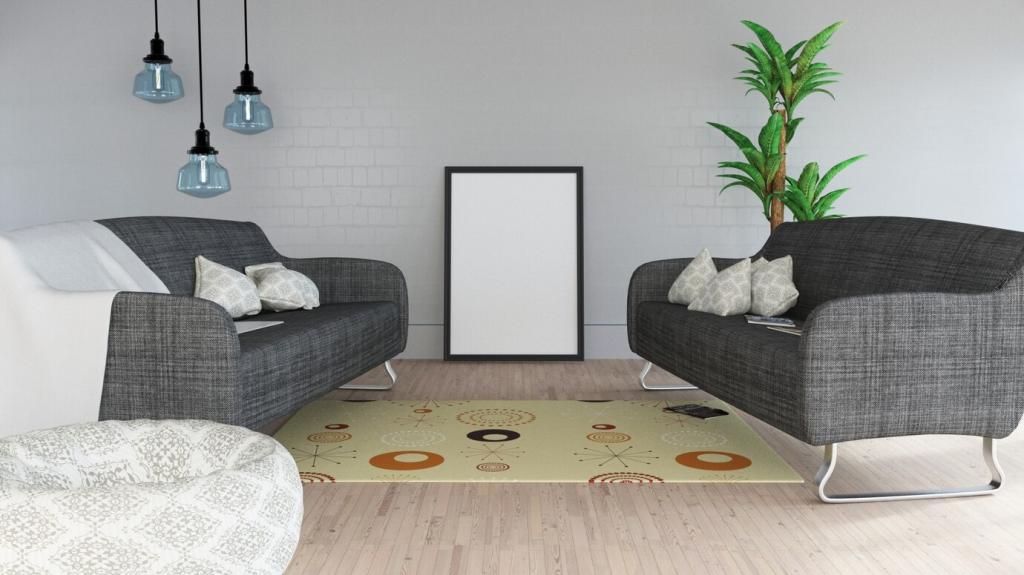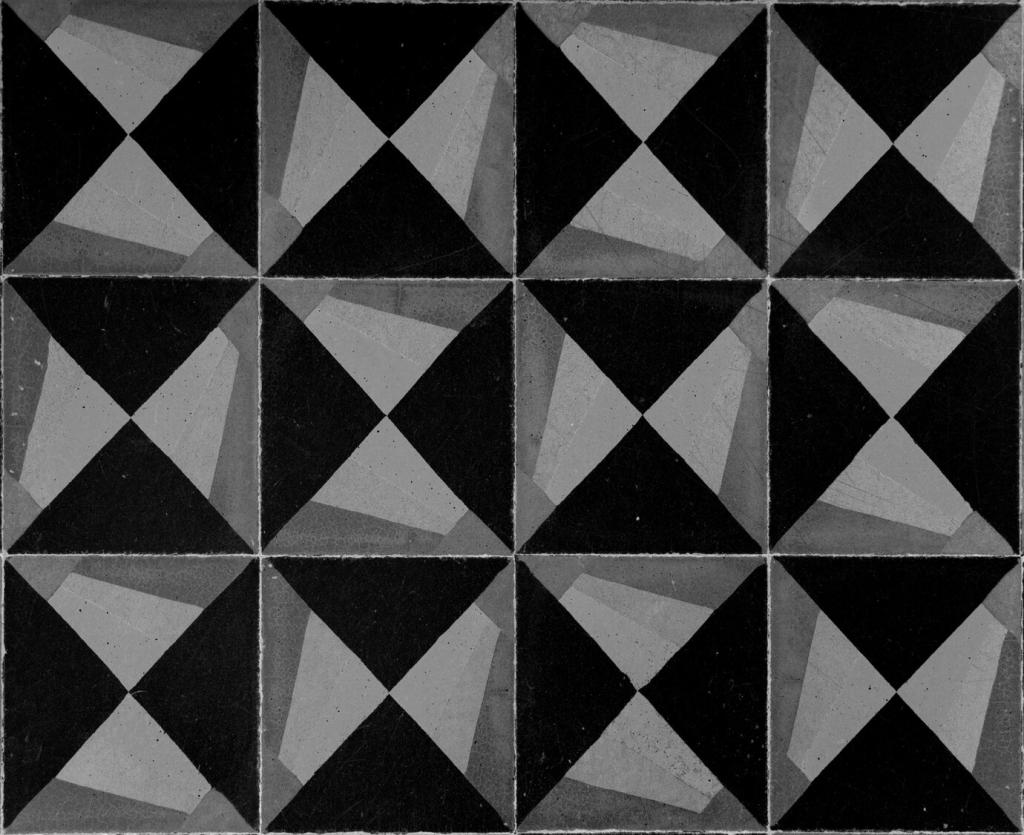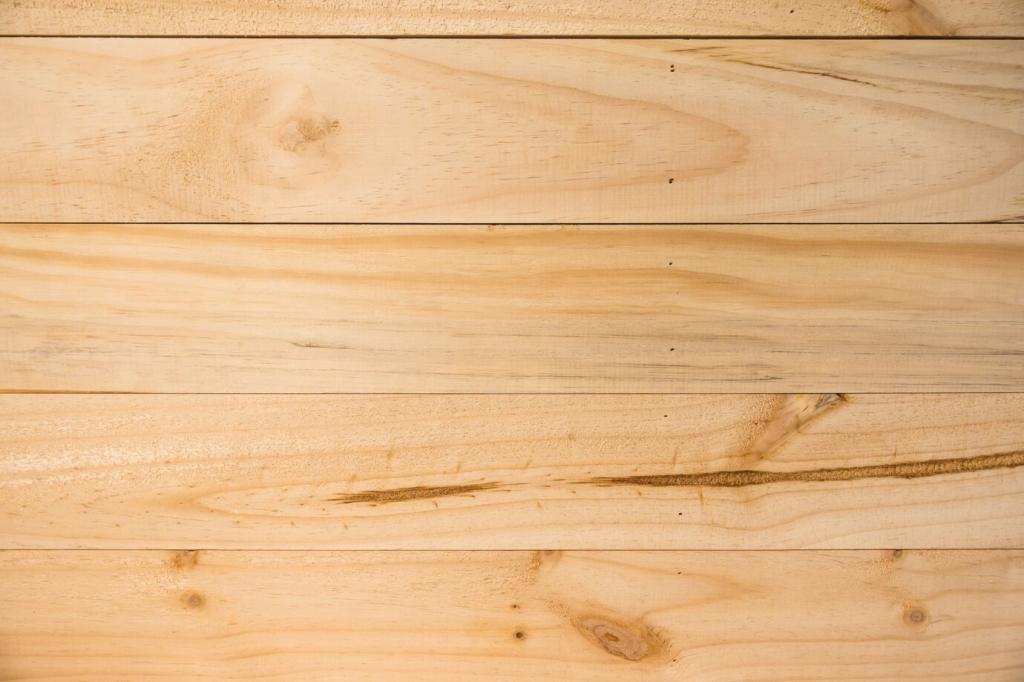Upcycling Vintage Furniture for a Contemporary Look
Hunting for Vintage Gems
01
Every upcycling project begins with the discovery of a one-of-a-kind item that speaks to your vision. The age, style, and details of vintage furniture often tell a captivating story, making each piece distinct from mass-produced modern counterparts. Sourcing unique items encourages a deeper appreciation for craftsmanship and rich histories embedded in the furniture’s construction. Whether it’s an ornate sideboard or a mid-century armchair, the key is to look beyond surface wear and focus on timeless shapes and solid frameworks that promise longevity after their transformation.
02
Not all vintage furniture is created equal, so a careful assessment is crucial before committing to an upcycling project. Look for pieces made from solid wood, sturdy hardware, and joints that remain intact. Scratches, chips, or faded finishes shouldn’t deter you—these can often be corrected or even used as part of the new design. Evaluating each item for structural integrity and considering how it can be modernized is essential in selecting candidates that will stand up well to updates, ensuring the end result is both beautiful and functional.
03
Choosing to upcycle vintage furniture not only enhances your interior but also champions sustainability by reducing waste and encouraging a circular economy. Rather than contributing to landfill, breathing new life into existing pieces conserves resources and energy that would be required to manufacture new furniture. This eco-conscious approach aligns with the growing desire for greener living and allows creative individuals to make environmentally responsible choices without compromising on style or quality.

Updating with Modern Colors
One of the most effective ways to shake up a vintage piece is with a fresh, modern color palette. Bold paints, subtle washes, or even playful stencils can instantly transport tired furniture into the current era. Choosing colors that complement your existing décor or reflect popular design trends ensures that the finished item feels relevant and energized. Whether opting for monochromatic sophistication or vibrant hues, modern color applications can completely transform the atmosphere a piece brings to a room while preserving its classic lines.

Replacing Hardware and Details
Small changes often yield dramatic results, and replacing dated hardware is a perfect example of this principle in action. Swapping out old knobs, handles, or hinges with sleek new fixtures—be they minimalist metals or sculptural ceramics—can refresh the entire look and feel of a piece. These thoughtful updates not only boost usability and visual appeal but can also create intriguing juxtapositions between vintage forms and contemporary detailing, ensuring the final piece feels curated and fresh.

Previous slide
Next slide
